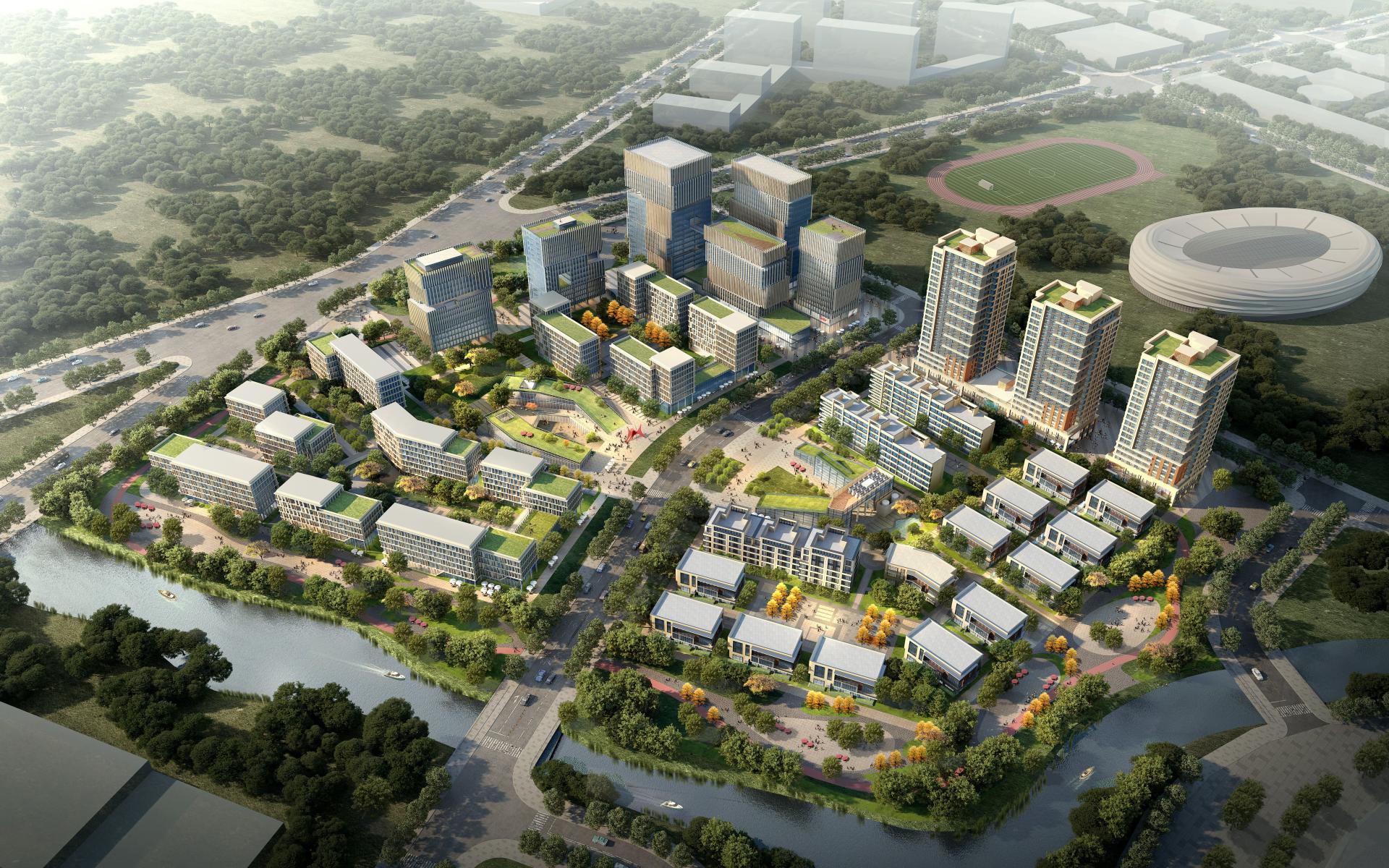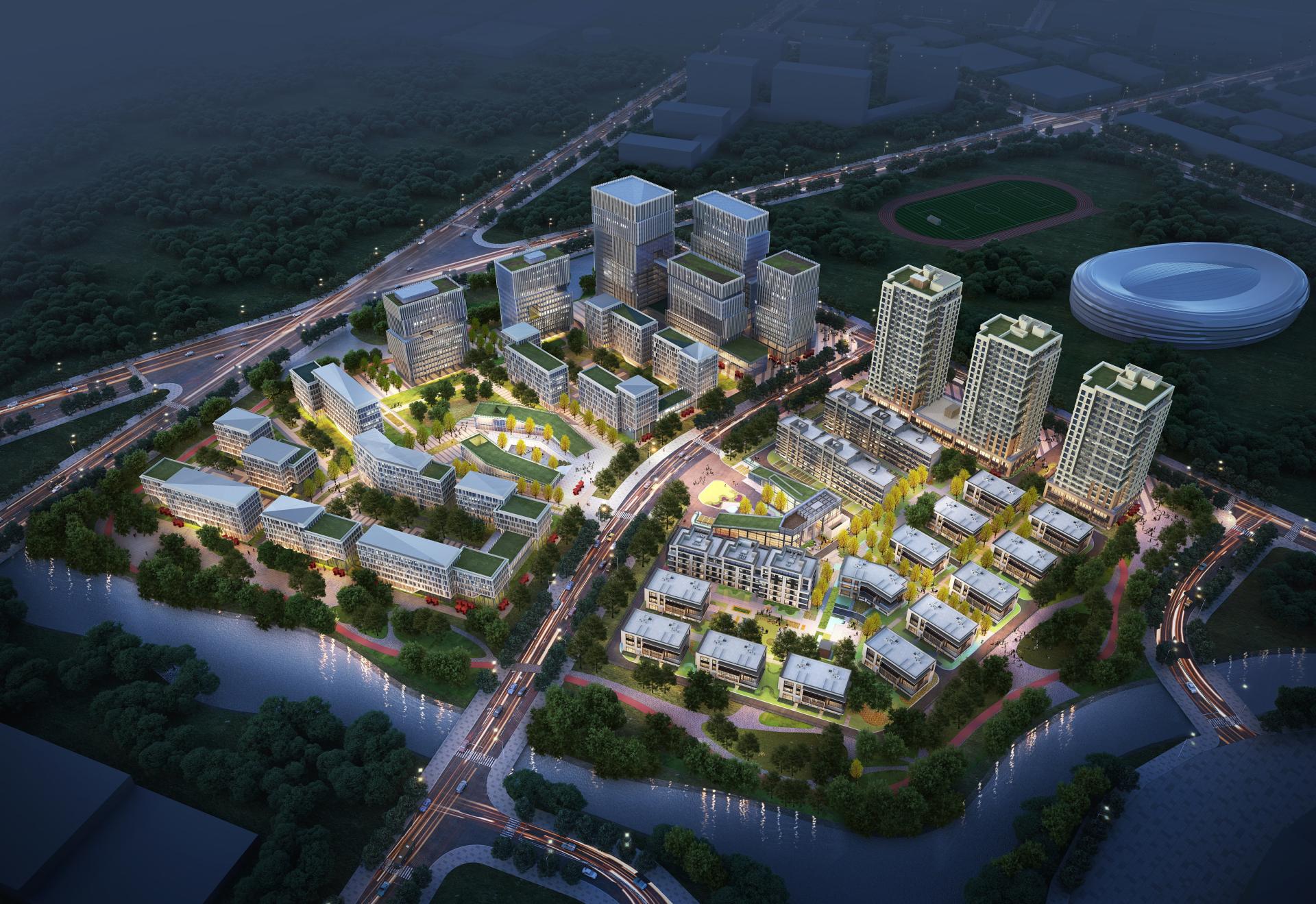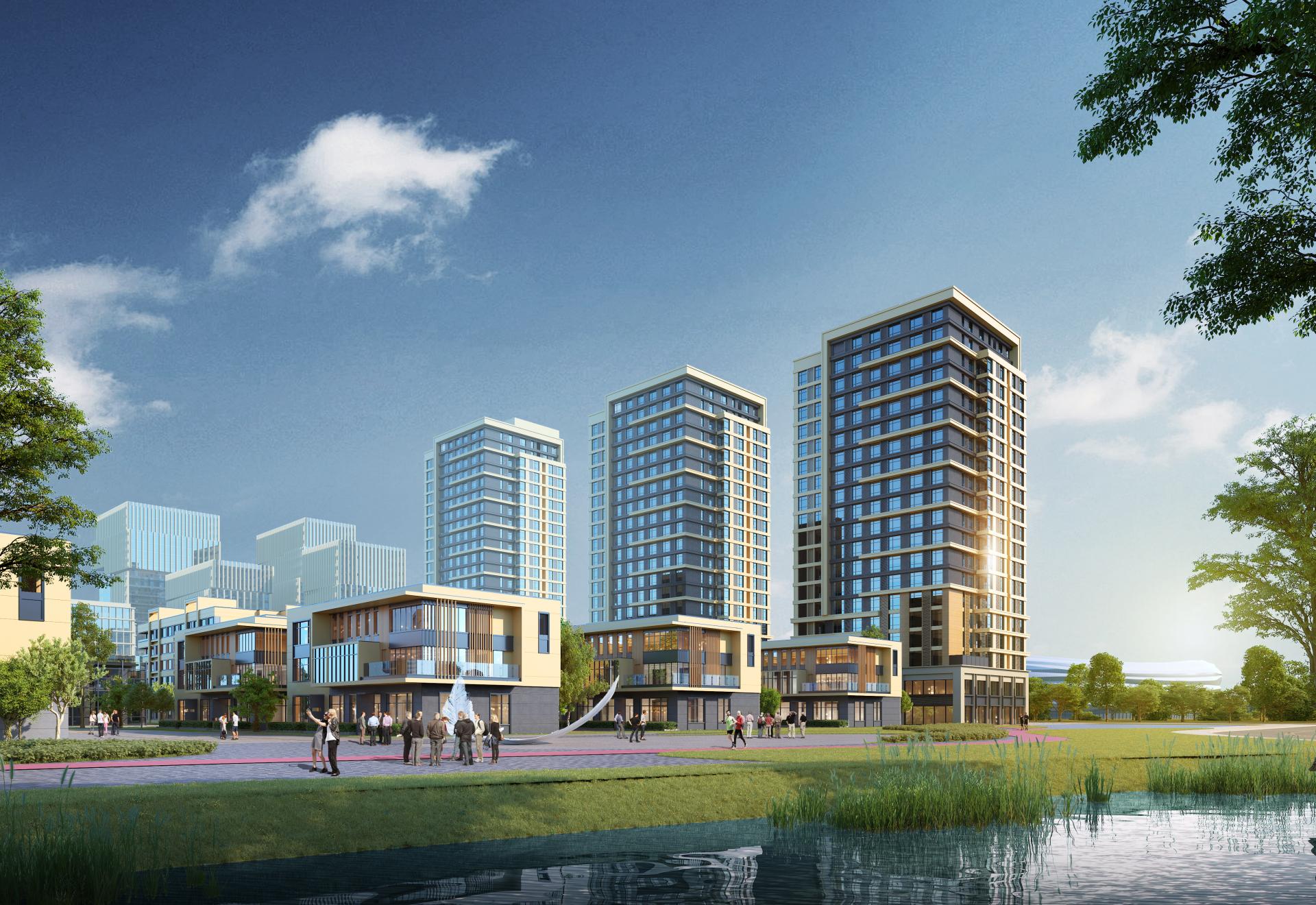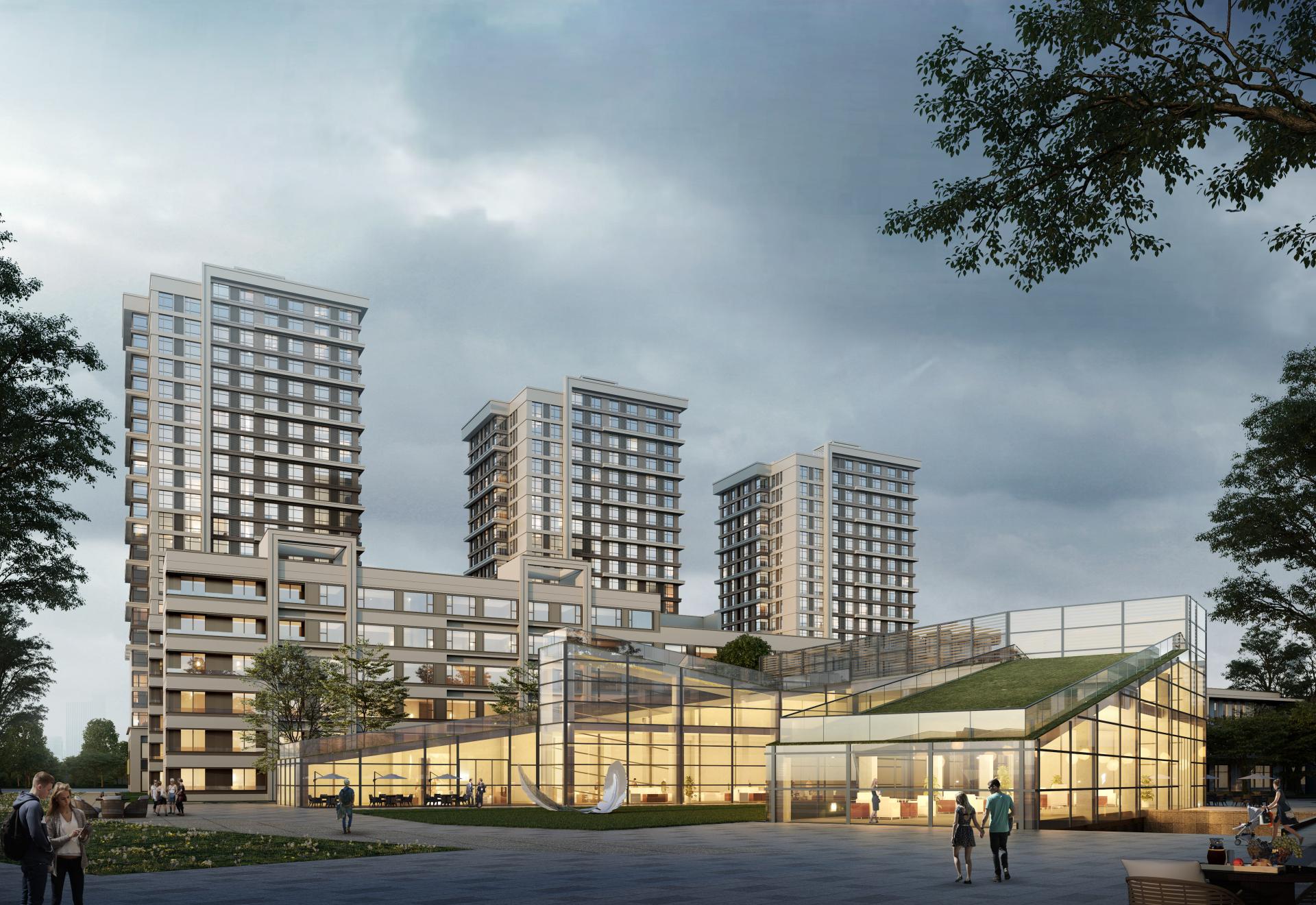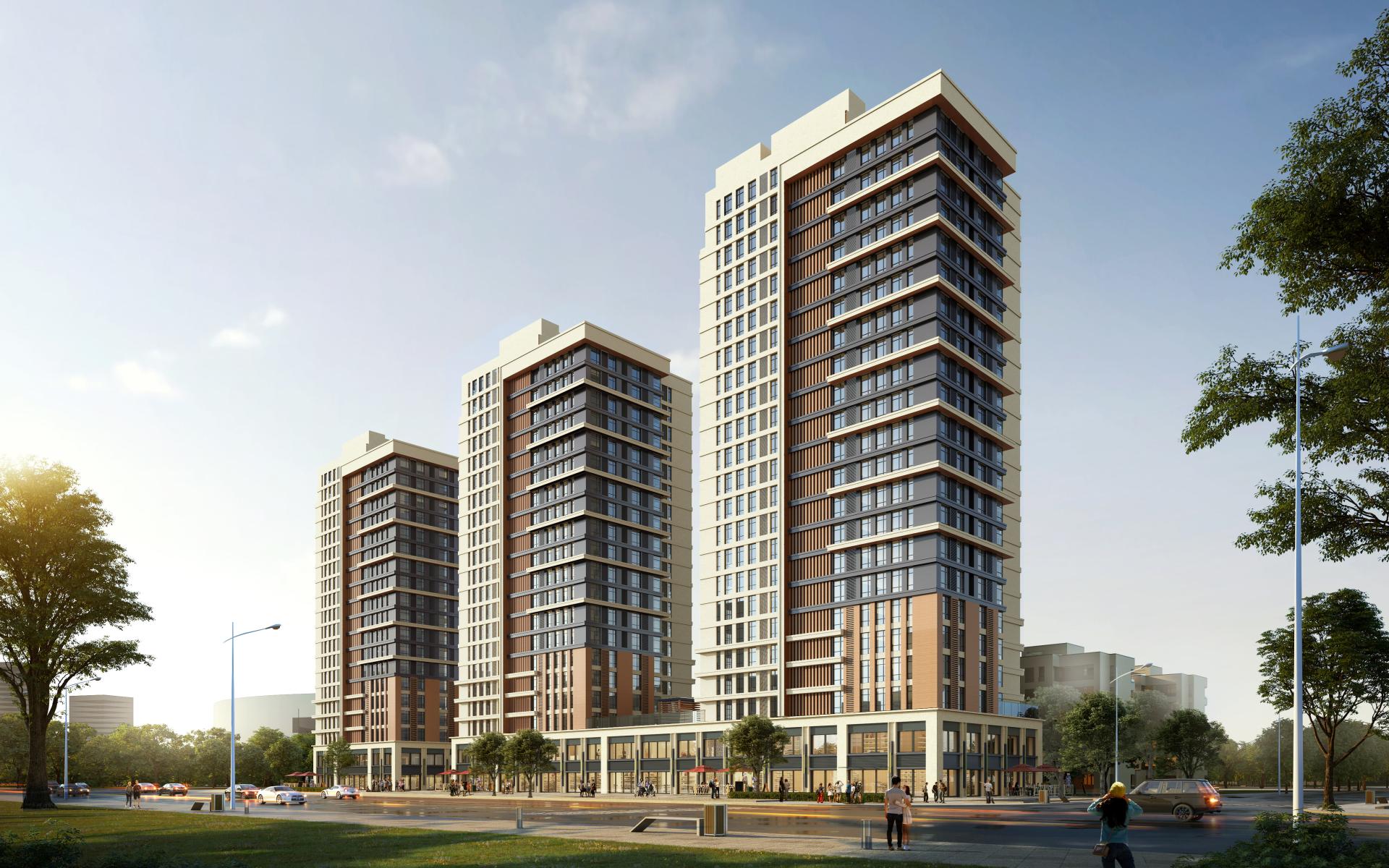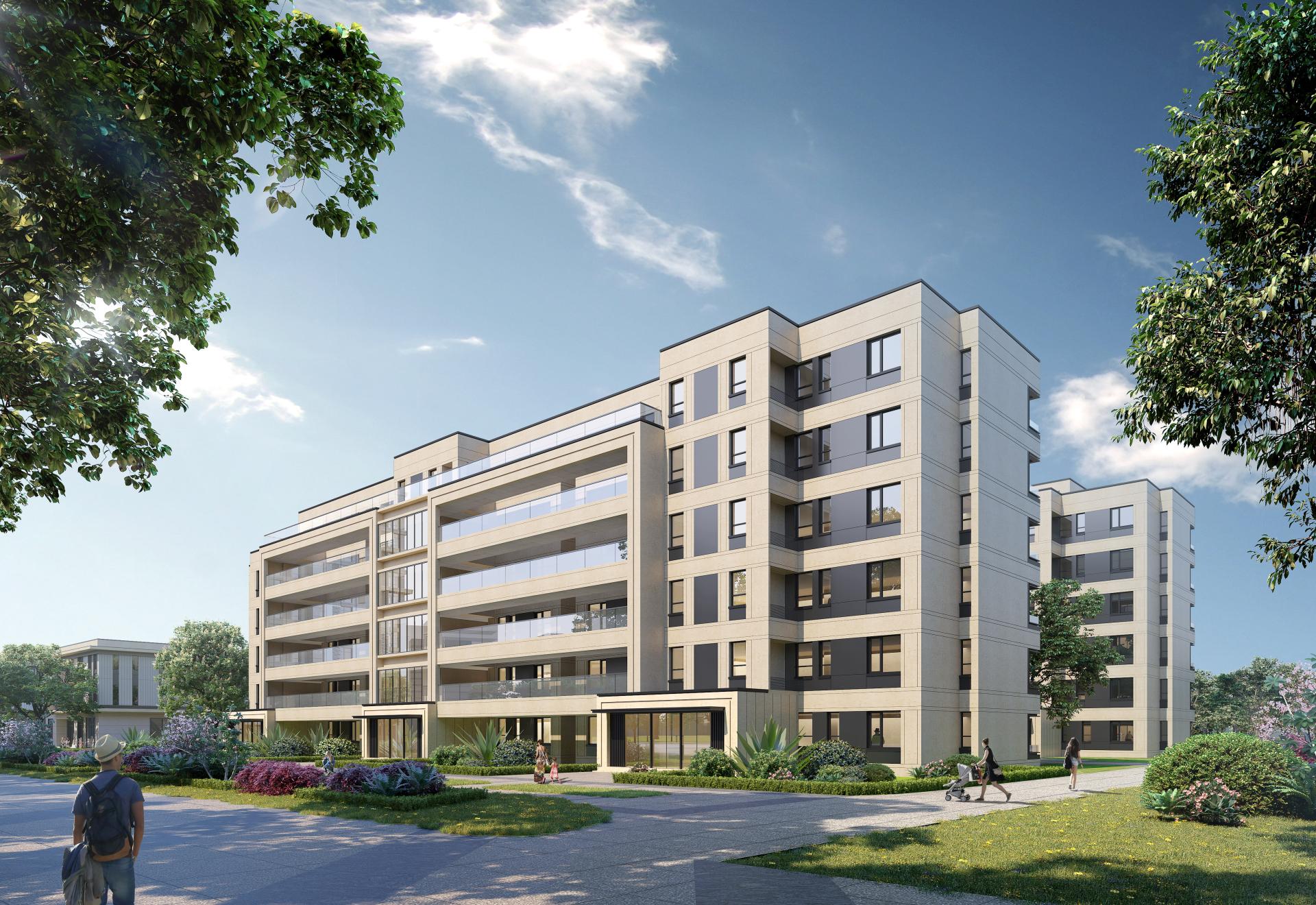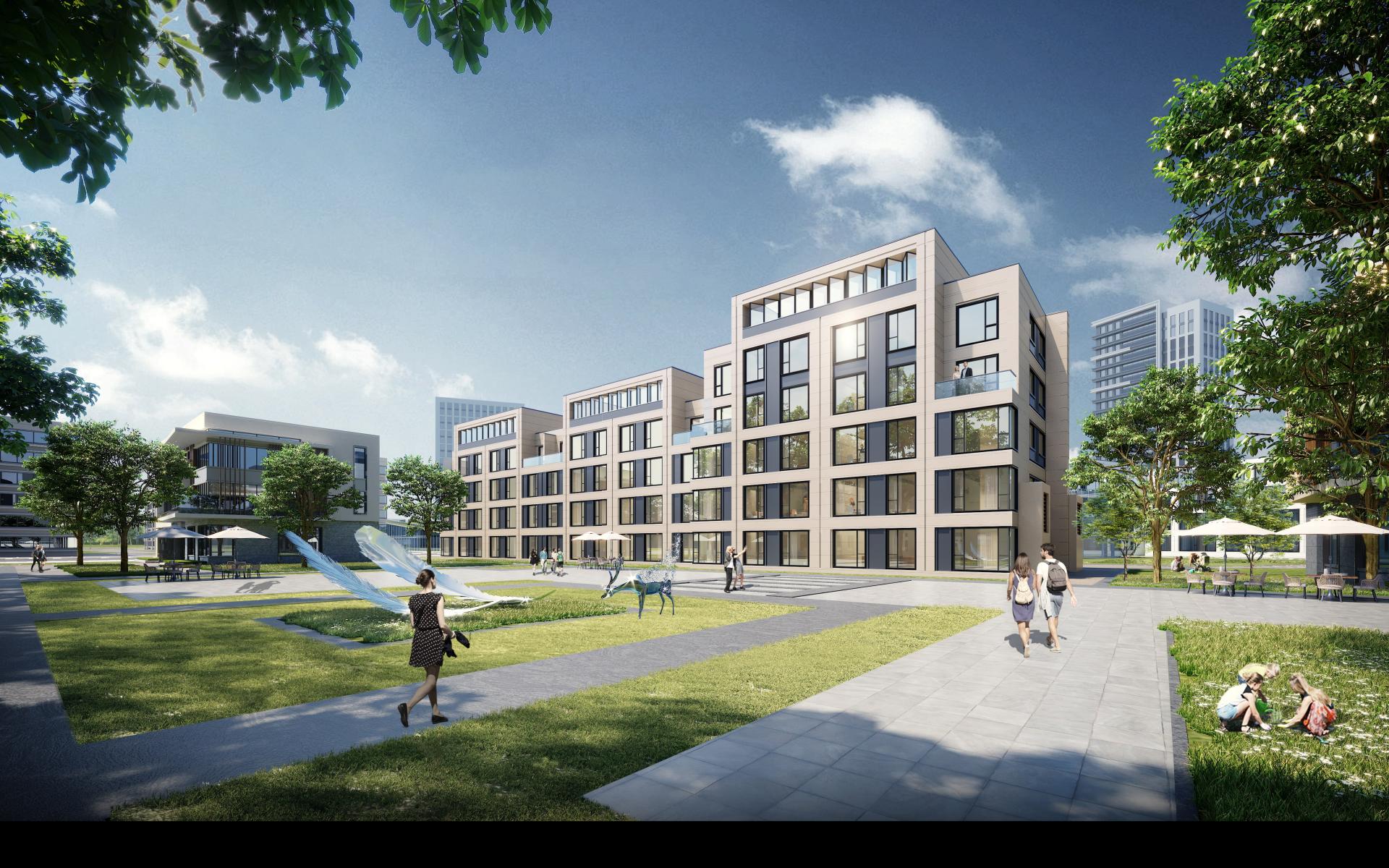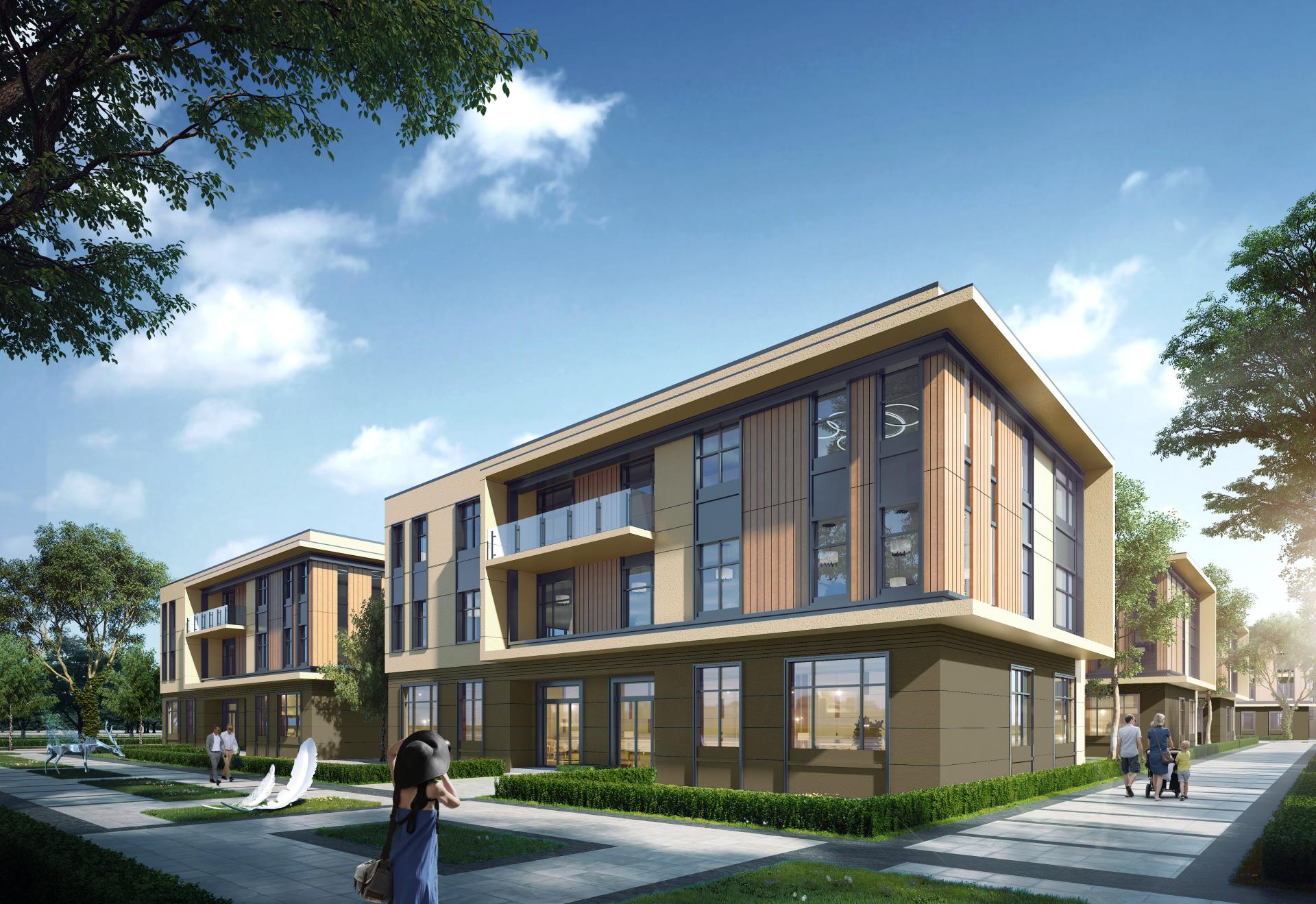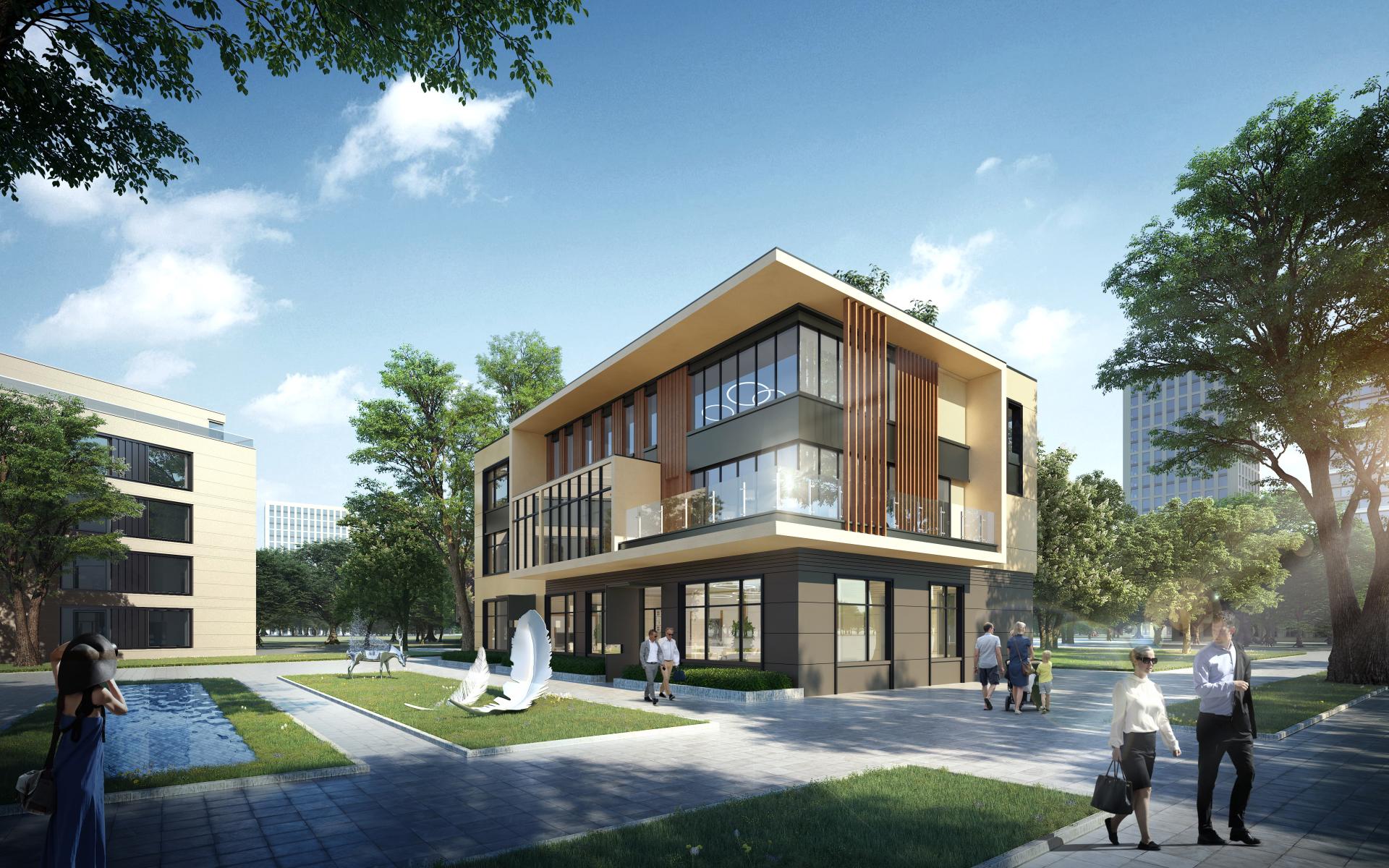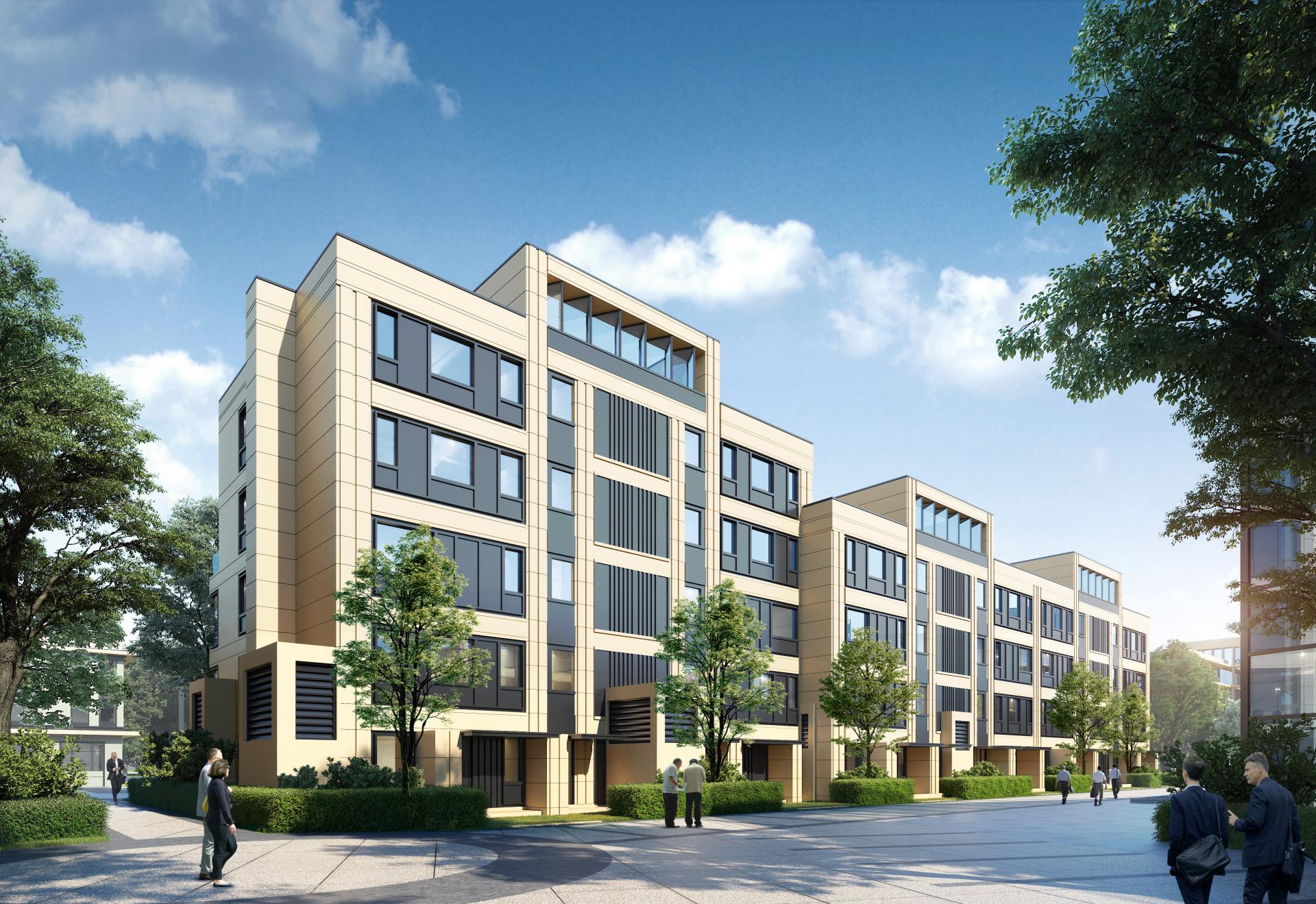2025 | Professional
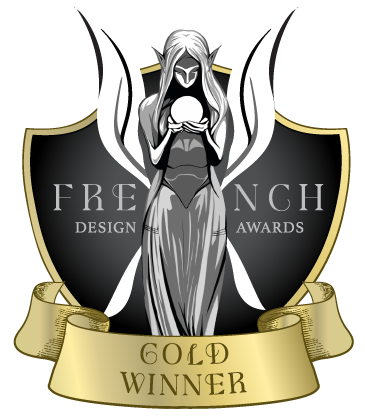
Qingdao High-Speed Railway Celebrity Garden
Entrant Company
Urban Creation Design
Category
Architectural Design - Residential
Client's Name
Qingdao EMU Town Investment Group Co., Ltd.
Country / Region
China
The National High-Speed Train Technology Innovation Center, also known as the "Qingdao High-Speed Train Celebrity Garden," integrates cutting-edge design with functional innovation. This project, strategically located in a core urban area, aims to foster an residential environment of creativity and collaboration for global talent and industry leaders in the high-speed rail sector.
The design philosophy focuses on creating an eco-friendly, interactive space that blends seamlessly with its natural surroundings. The concept of the "garden-style eco-community" is at the heart of the design, combining the aesthetics of modern architecture with the tranquility of nature. The development features a mix of high-rise buildings on the north side, creating a dense urban environment, while the southeast side embraces more open spaces, allowing for a gentle transition into the natural landscape.
A significant design challenge was ensuring the seamless integration of natural elements with the urban fabric. The design team employed innovative strategies such as creating water gardens and utilizing green corridors to enhance the site's ecological value while improving the overall sustainability of the development. These green spaces not only improve air quality but also provide outdoor relaxation and working environments, enhancing both the aesthetic and functional appeal of the space.
Another key feature of the design is the use of dynamic, multi-functional spaces. The campus includes dedicated areas for research and development, offices for professionals, and vibrant communal zones for collaboration. The integration of commercial spaces and leisure facilities ensures that the campus offers a well-rounded experience for both work and relaxation. The layout allows for easy accessibility, with pedestrian and cycling paths connecting various sectors of the development, enhancing the community feel.
The project also prioritizes sustainability, with the inclusion of green roofs, permeable paving, and rainwater management systems designed to reduce environmental impact. These efforts align with the broader goals of the "sponge city" initiative, aiming to create a more resilient urban landscape capable of adapting to climate change and managing water resources effectively.
Blending architectural excellence with environmental responsibility, the design creates a dynamic, sustainable space for innovation and collaboration in the high-speed rail sector.
Credits

Entrant Company
Youmeitang Culture Media Co., Ltd.
Category
Product Design - Bakeware, Tableware, Drinkware & Cookware

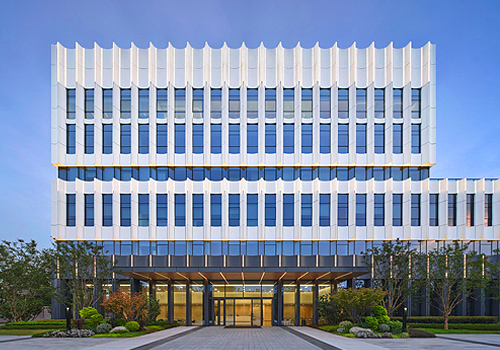
Entrant Company
FTA Group+China Southwest Architecture
Category
Architectural Design - Business Building


Entrant Company
Y-Design
Category
Interior Design - Hotels & Resorts

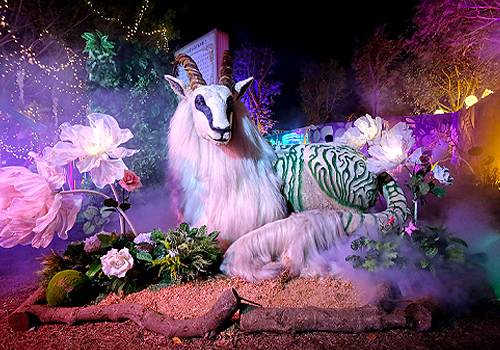
Entrant Company
LightUp Life Co., Ltd.
Category
Conceptual Design - Exhibition & Events

